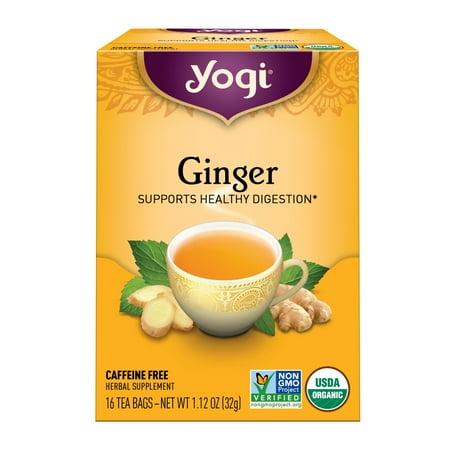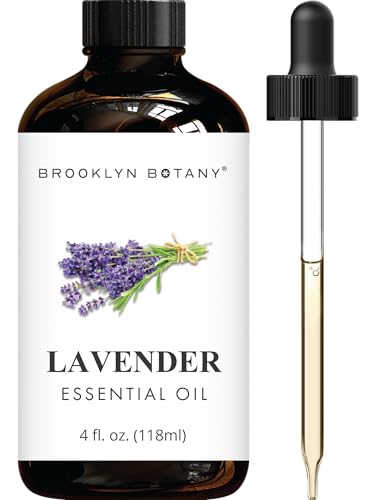7 medicinal plants you don't know are growing in your yard – herbalists reveal how healing herbs and flowers can support mental and physical wellbeing
PS – number 5 will leave you thinking differently about weeds
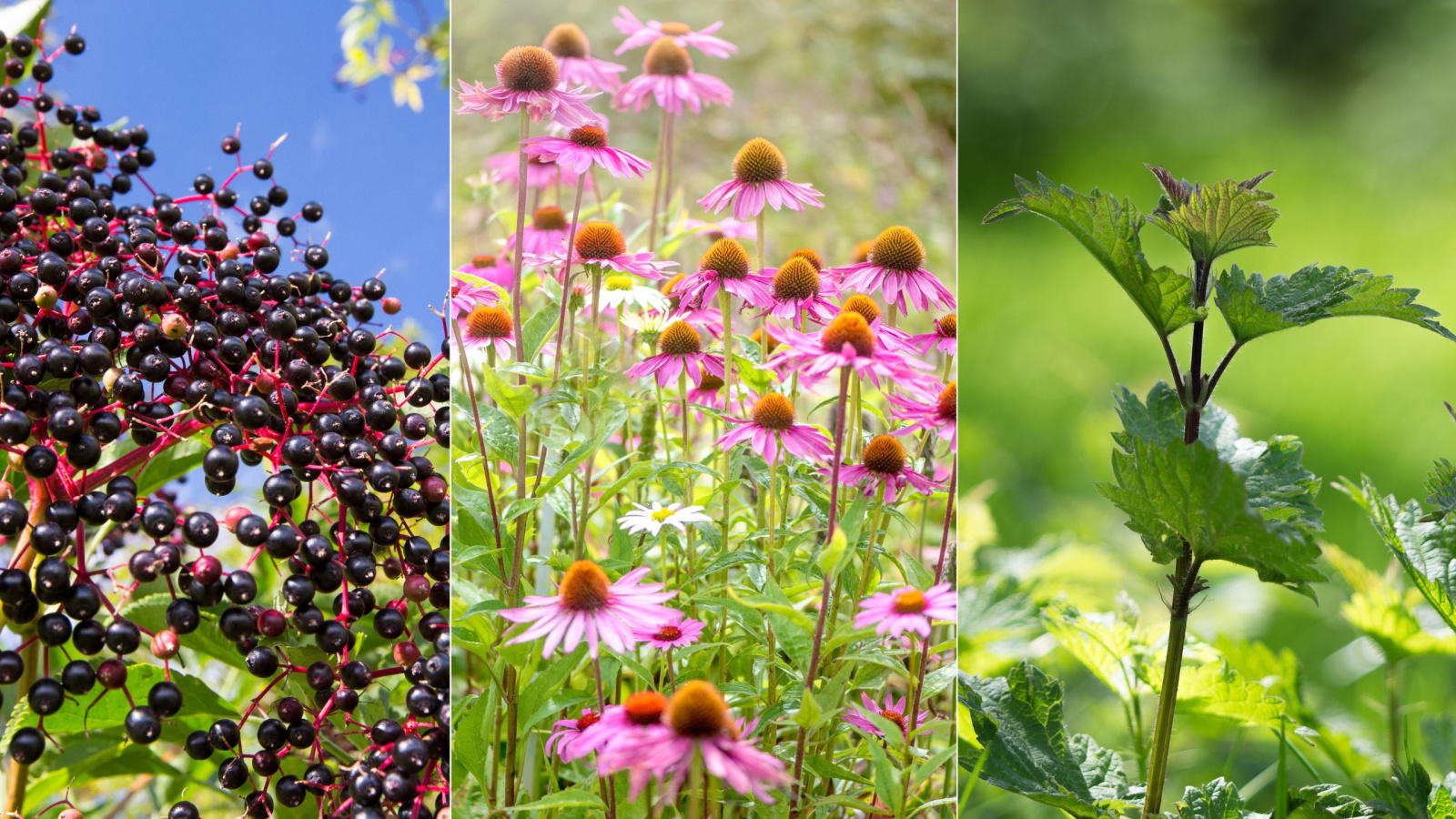

Plants benefit us in so many ways. From ornamentals bringing joy, to crops making delicious meals, and herbs adding fragrance to our yards. Another lesser spoken about category is medicinal plants.
The truth is many plants you already have in your herb garden have value beyond their fragrance and taste. They can heal, boost your metabolism, support immunity, and even improve mental health. It's not just traditional herbs either, as many flowering plants, crops, and even some weeds have a healing function.
Many of these plants have been used in ancient medicine across different cultures, but this use has become less mainstream in the modern day. Although, the popularity of herbal medicine is arguably on a rise again. Here, herbalists reveal some of the best medicinal plants to have in your yard, alongside tips to grow them successfully.
7 medicinal plants and their uses
If you don't already have these plants in your yard, you might wish to add some of them to your garden to use for healing purposes. Just make sure to first take into account your US hardiness zone and what can grow well in your local climate before getting started with these seven medicinal plants:
1. Echinacea - for an anti-inflammatory, antioxidant
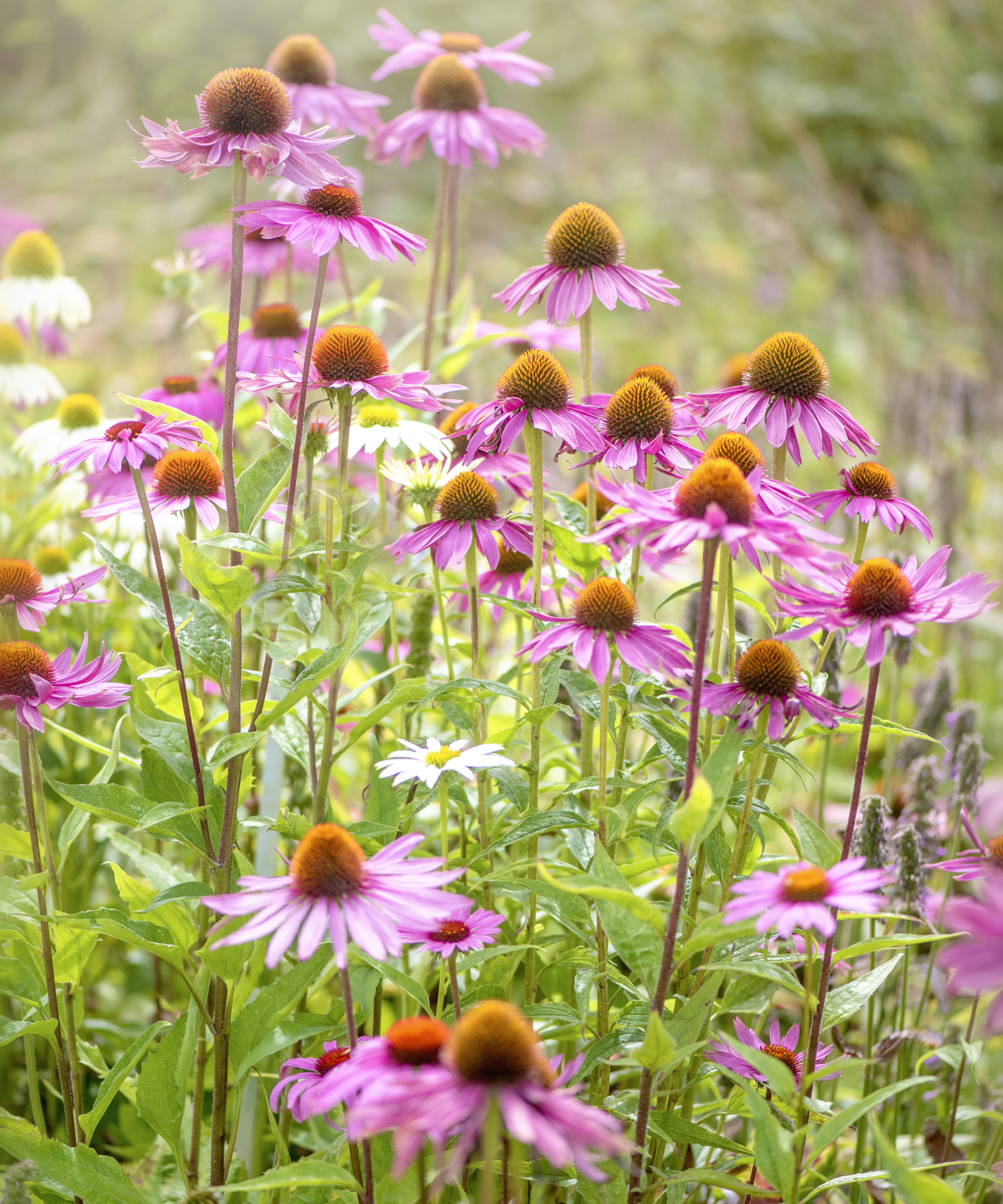
You may already be aware that echinacea (or coneflower) can support the overall health of your immune system.
'Recent scientific studies have explored how this flower delivers its powerful immune-boosting effects,' says Dr. Stace Nelson-Hicks, Doctor of Acupuncture and Chinese Medicine. 'Echinacea leaves increase white blood cell production, which helps the body fight off colds and flu,' she explains.
It's for this reason many choose to take echinacea supplement capsules (from Walmart). However, herbalists say this isn't the only medicinal use for this flower.
'The coneflower is an anti-inflammatory, antioxidant, and antiseptic plant,' says Ariel Vazquez, herbalist and expert gardener. 'It has been proven to assist with anxiety, upper respiratory infections, urinary tract infections, diabetes by increasing insulin sensitivity, and more,' she explains.
There are a few different ways to use echinacea as a medicinal plant, depending on what you want to use it for:
'You can develop a tincture with vinegar, vodka, or vegetable glycerin as the base. This forms a very concentrated extract which can be put in a spray bottle (from Amazon) and used as a throat spray for sore or infected throats,' Ariel describes.
'The coneflower can also be cold or hot infused in an oil like, olive or coconut. Mix this oil with melted shea butter and a little carnauba wax and you have a magic salve for wounds, rashes, and other skin conditions like eczema and psoriasis,' she adds.
As for growing echinacea in your yard, it does best across US hardiness zone 3 to zone 9. There are also lots of different coneflower varieties to choose from, in many colors. Plant them somewhere with full sun for best results.

In private practice in Ventura, California for over two decades, Dr. Stace treats pain, Ob/Gyn concerns, fertility issues, skin problems, respiratory problems and all aspects of health and wellness, helping her clients optimize their physical and emotional well-being. Her expertise incorporating Eastern and Western medical and lifestyle protocols allows her to work with local physicians to give her patients the best possible care by working as part of an integrative team.

Ariel Vazquez is a gardening teacher, the owner of Thyme & Sage Creations LLC and is certified in basic Herbalism by The Herbal Academy (2022). She has been a member of Holistic Health Educators since 2023 and is soon to be certified in holistic health coaching. She regularly hosts events and workshops sharing her knowledge of gardens, herbs, and health.
2. Chamomile - for relaxation and stomach pain
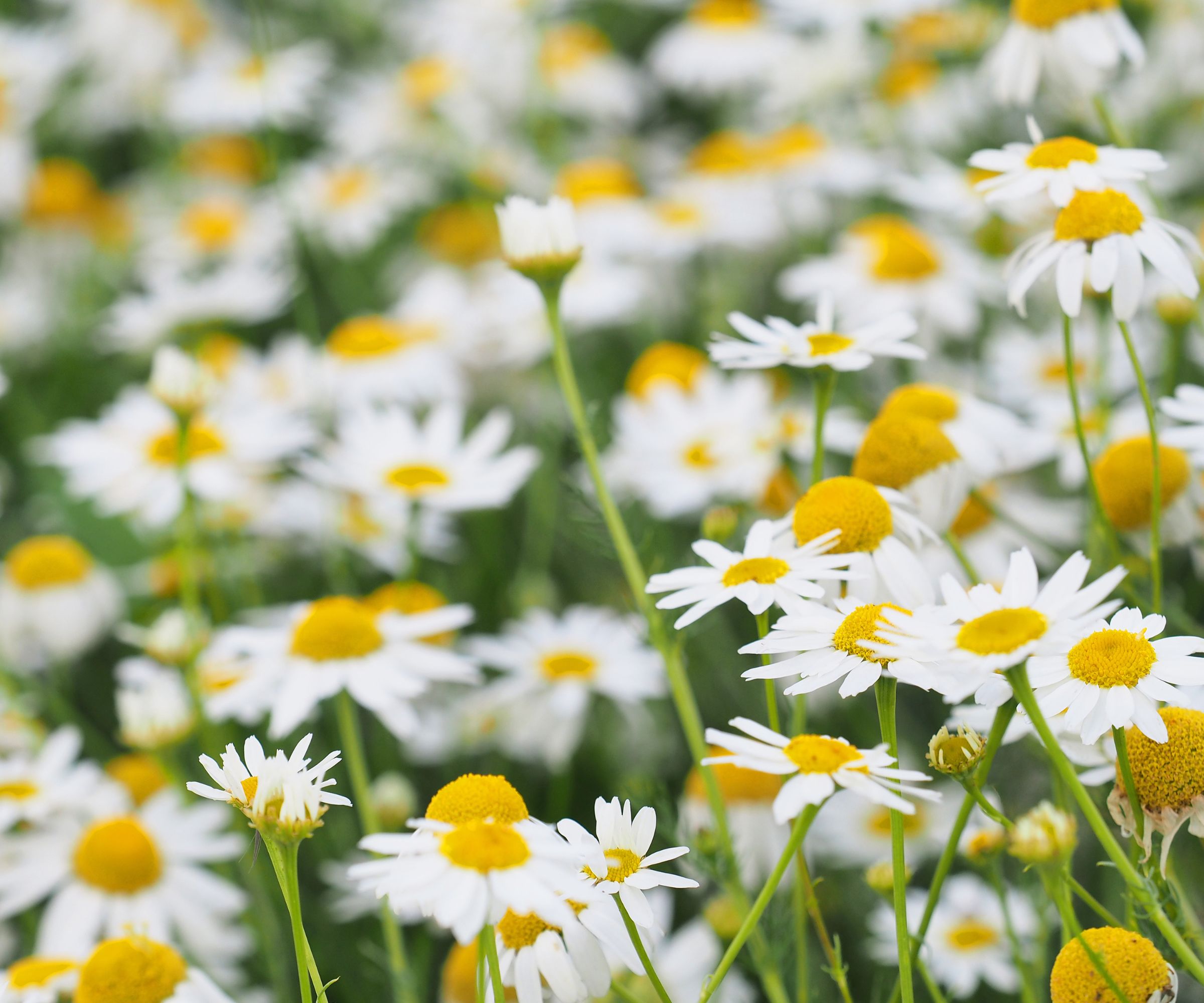
Chamomile is one to have one your list if you're keen to grow your own herbal tea. It's known for its relaxation effects and aids a range of stomach issues.
'Flowers are harvested, dried, and used for making chamomile tea,' explains homeopathy expert, Vatsala Sperling. 'This herb induces deep relaxation, relief from distressing abdominal bloating and pain, diarrhea, irritability, and even swollen glands,' she explains.
'Chamomile is traditionally used as a nervine, meaning it calms frazzled nerves,' Stace adds. 'Sip a lightly brewed infusion throughout the day to keep the jitters at bay. Or, you might consider inhaling the essential oil,' she says.
Growing chamomile is also very easy to do. 'It's a native to southern and central Europe and Asia, is a plant that can be grown easily in poor soil, and it self-seeds,' Vatsala notes.
Grow chamomile flowers across US hardiness zone 3 to zone 9 in a sunny spot with a well-draining soil type, using these chamomile seeds from Amazon.

Vatsala Sperling, Ph.D., PDHom, CCH, RSHom, is a classical homeopath who grew up in India and earned her doctorate in clinical microbiology. Before moving to the United States in the 1990s, she was the Chief of Clinical Microbiology at the Childs Trust Hospital in Chennai, India, where she published extensively and conducted research with the World Health Organization. A founding member of Hacienda Rio Cote, a reforestation project in Costa Rica, she runs her own homeopathy practice in both Vermont and Costa Rica.
3. Ginger - for indigestion and nausea
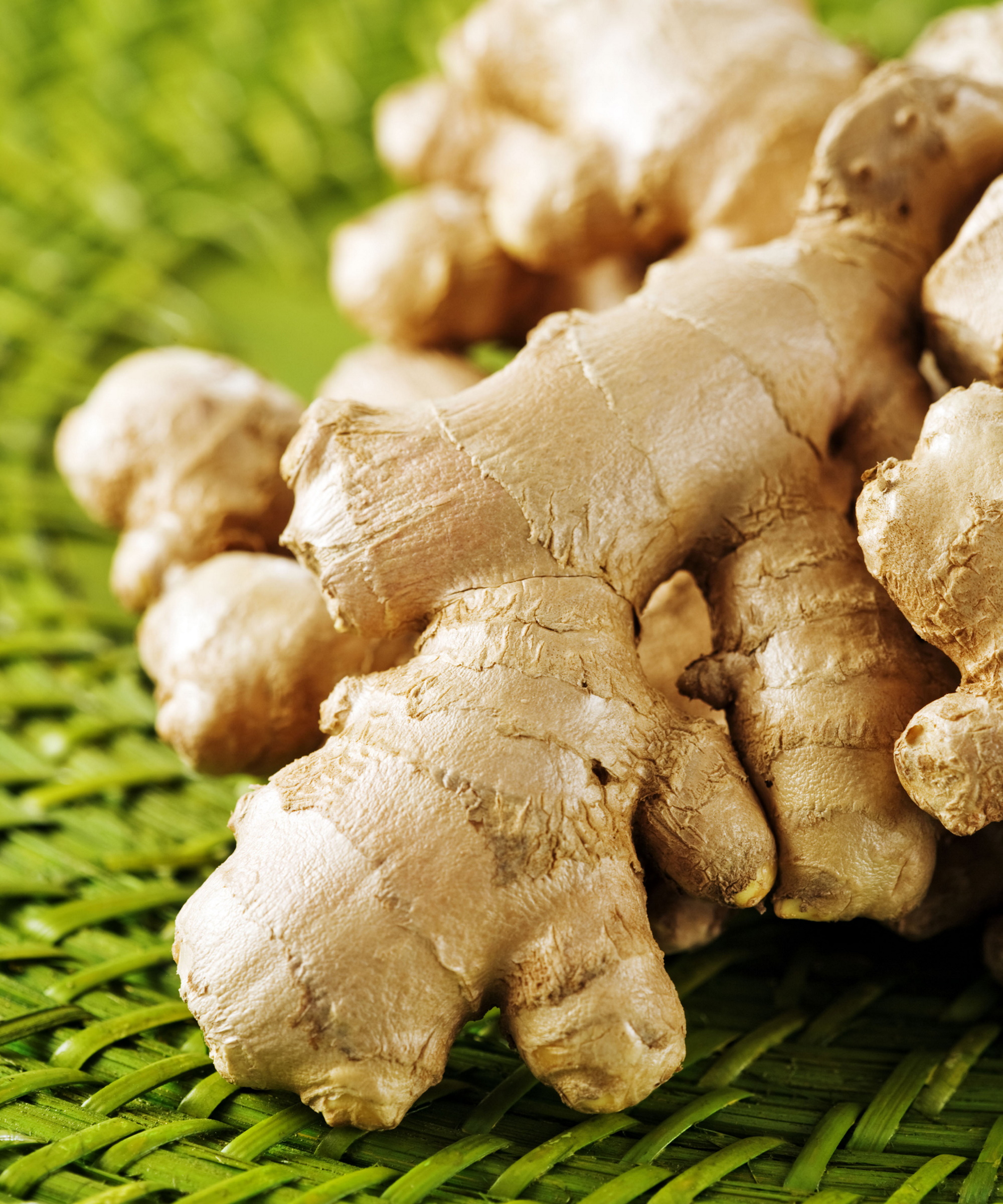
A crop you may already have in your kitchen garden, ginger is a popular medicinal plant for aiding digestion and getting rid of nausea.
'For amelioration of acute indigestion, acidity, nausea, and bloating resulting from too much rich food, a small piece of ginger (Zingiber officinale) can be held in mouth with a small quantity of water and chewed gently for about half an hour,' Vastala explains.
Of course, ginger is a popular spice for food, too, and has further benefits: 'Chewing ginger not only helps with acute indigestion, it also freshens our breath, wipes out plaque from the teeth, and helps calm down sinus blockage,' Vastala says.
'During colds, indigestion, malaise from acute viral infections, and upper respiratory tract infections, tea made from grated ginger is a great go to,' she adds.
Grow ginger in US hardiness zone 8 to zone 12, or grow ginger in pots indoors. Be aware that it takes up to 10 months before ginger is ready to harvest, but you can then store ginger to keep it fresh for medicinal use later on.
4. Calendula - for external wounds
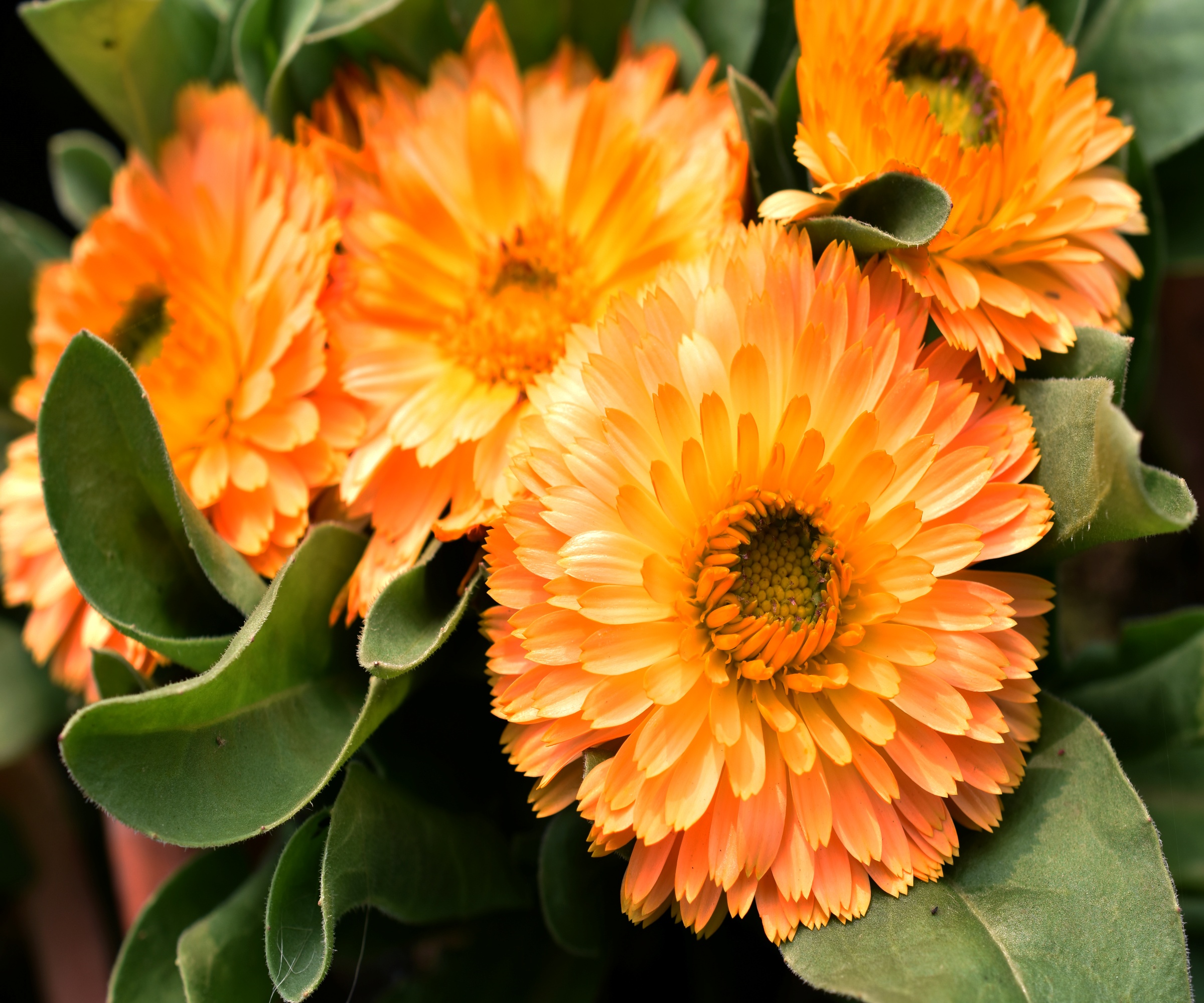
Not only are calendulas beautiful, showy blooms to have in your yard, they're also an effective medicinal plant for external wounds. That's why calendula cream (from Amazon) is a popular remedy for skin injuries.
'It's often applied to minor scrapes, cuts, bruises, and skin burns,' explains herbalist and author, Angelica Merritt. 'While many think of calendula for topical wound healing, it has an affinity for healing mucous membranes internally as well,' she adds.
You can use calendula flowers in a tea to reap these benefits: 'Calendula offers internal lymphatic qualities that gently cleanse and detoxify the whole body,' says Angelica.
Grow these edible spring flowers across US hardiness zone 2 to zone 11 in a full sun to partial shade. They also do well in pots and you can harvest calendula seeds in late summer to plant again next season.

Angelica Merritt is a Community Herbalist, Full-Spectrum Pregnancy Loss Doula, Postpartum Caretaker, and Author of the book Womb Witch, Herbal Magick for Reproductive Health [Microcosm Publishing, March 18, 2025]. She has years of formal training in herbalism, holistic energy work, functional nutrition, birthwork, and a B.S. in Journalism from Ohio University’s E.W. Scripps School of Journalism.
5. Nettle leaf - for a boost of essential vitamins and minerals
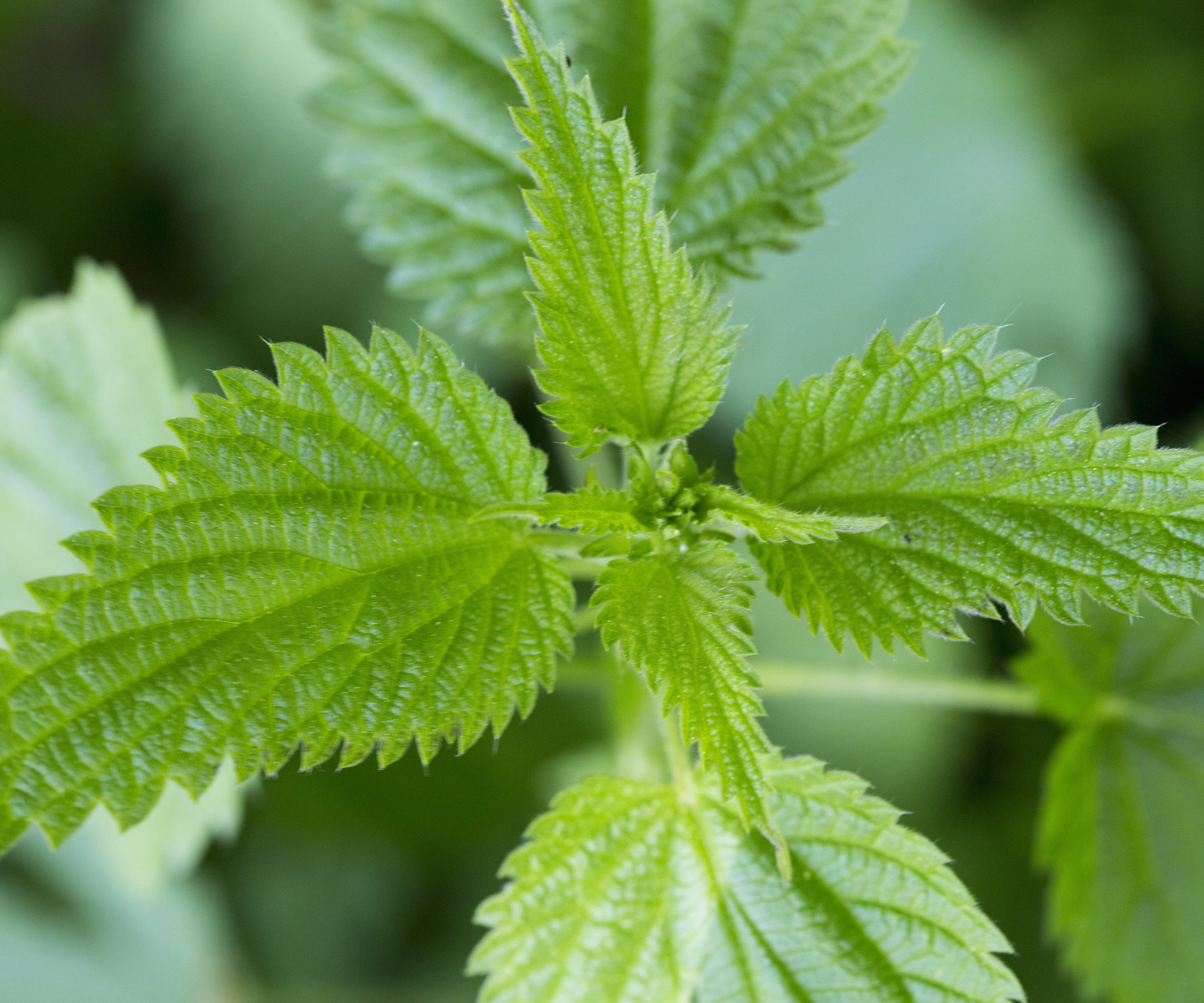
Many of us spot nettles in our yard and immediately take action to make weed killer to get rid of them. However, there are actually a wide range of stinging nettle benefits, including using them as medicinal plants.
'Nettle leaf is a traditional spring tonic known for its high mineral and vitamin content,' says Angelica. 'It is rich in vitamins C, E, K, A, K, and P, and minerals sodium, zinc, chlorophyll, iron, magnesium, and so many more,' she explains.
As a multivitamin, you can use nettle leaf as a tea, tincture, food, or pill. 'It also acts as an antihistamine, is blood-building anti-inflammatory, and its young leaves are full of essential amino acids,' Angelica points out.
'While nettle leaf is generally safe for most people, it may be contraindicated for those who are on blood pressure medications, diuretics and those with certain kidney issues,' she warns.
Nettle leaf tends to grow all over North America. You're likely to spot it in damp, fertile soil, and can pick it by carefully pulling it up, or using this weeding tool from Amazon. Make sure to wear safety gloves to protect your hands from being stung.
6. Lavender - for stress and nervous tension
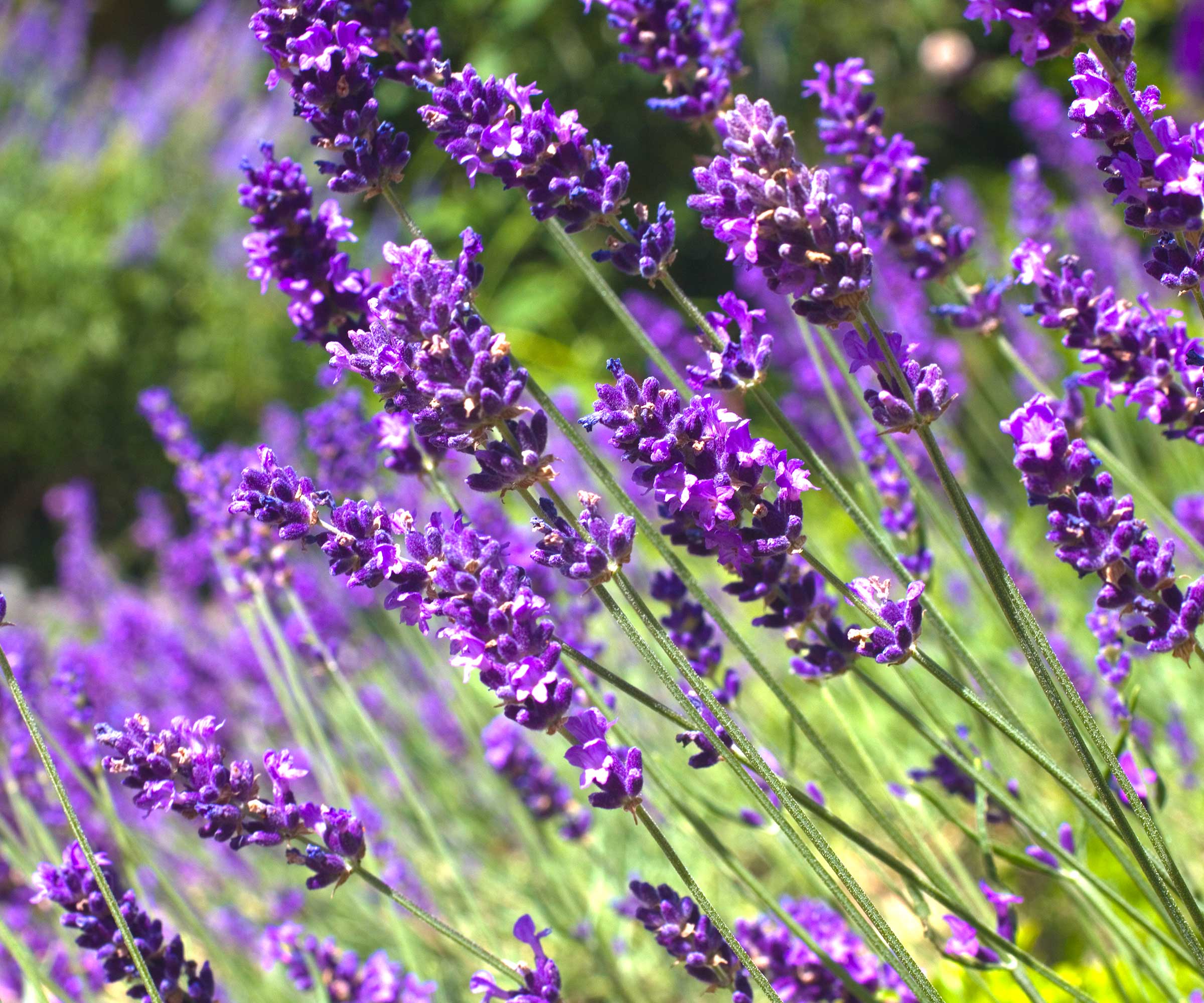
It's a wide known fact lavender can be used for relaxation, which is why there are products such as lavender pillow spray to help you sleep. It's also an aromatic herb that infuses fragrance into our yards, making it a welcoming, calming space.
'Lavender is heavenly for stress and nervous tension. One of the many active constituents, linalool, helps decrease anxiety and has antinociceptive actions, meaning it’s protective against toxic stimuli, like chemicals, mechanical injury, and extreme changes in temperature,' clinical herbalist Laura Rubin says.
'It is also great as aromatherapy as an essential oil, added into bath salts, as a hydrosol, tea, tincture, or flower essence,' she adds.
Growing lavender is easy to do, as it thrives across US hardiness zone 5 to zone 9. It's drought-tolerant and enjoys plenty of sunlight, and you can grow lavender in pots with ease. Harvest lavender when it's in full bloom to make use of it as a medicinal plant. It's also wise to read up on lavender growing mistakes to ensure success.

Laura is a certified Clinical Herbalist who specializes in holistic gut health. He practice in holistic medicine is rooted in western folk herbalism, along with Ayurveda and TCM. She has been practicing since 2018, trained in the deep anatomy & physiology, plant chemistry and therapeutics of herbal medicine and nutrition.
7. Elderberry - for antiviral remedy
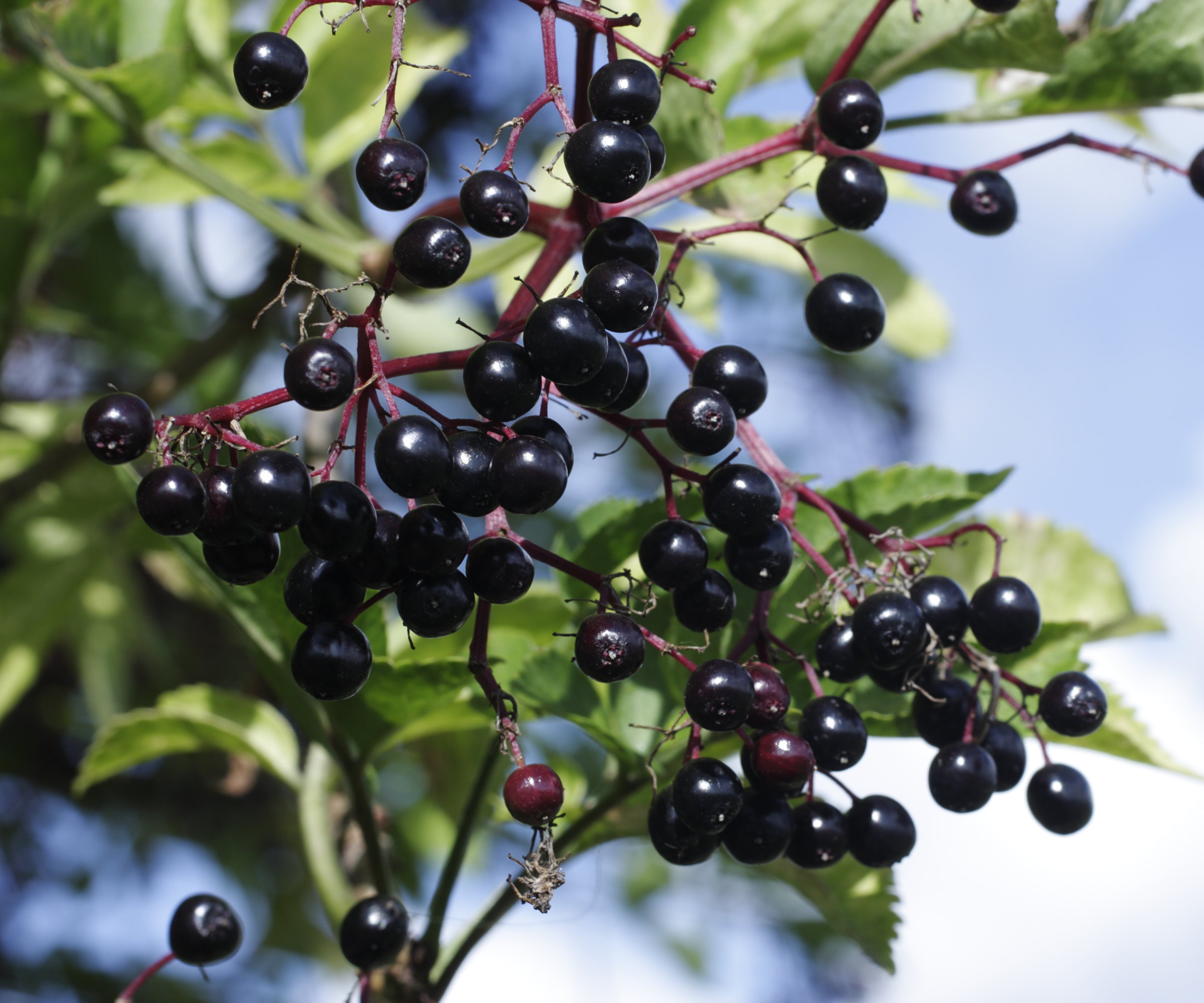
It's not just foliage and flowers that make the list of medicinal plants, as you can also make use of the healing properties of fruits. Elderberry, for example, is the fruit of one of the best shrubs with dark foliage that can aid your immune system.
'This potent little berry has antiviral properties; it can prevent viruses from attaching to bodily tissues,' explains herbalist and author, Ellen Evert Hopman.
Elderberries appear on elder shrubs from late summer into fall, growing in clumps. You can harvest them for medicinal uses when they have turned a dark color and are soft to touch.
'To make elderberry tea, simmer one tsp. of the berries per cup of water for 20 minutes, and take every two hours,' Ellen advises. 'Or take the tincture (about 20 drops) in hot water every two hours. Warm water opens up the lymph glands and makes the herb more accessible,' she adds.
This medicinal plant remedy can also be used to soothe a sore throat, often used alongside lemon balm in immune-boosting tea (from Walmart).
Elder care is fairly straightforward. To encourage berry production, grow elder shrubs across US hardiness zone 3 to zone 10 in a position that receives plenty of sun and make sure to keep soil moist. They'll bloom clusters of creamy white flowers in spring, ready to be pollinated for later fruit development.
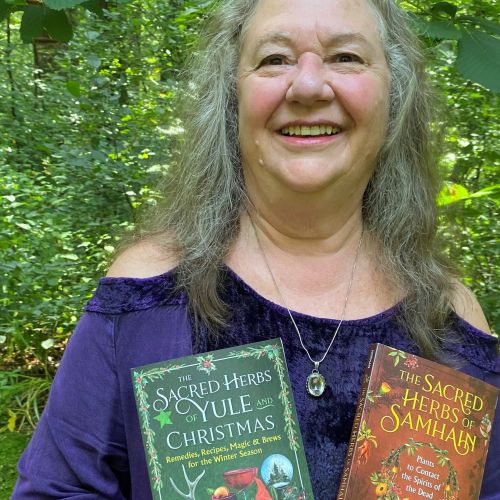
llen Evert Hopman is an author of both fiction and non-fiction, an herbalist, a lay homeopath, a lecturer, and a mental health counselor who lives and works in Western Massachusetts.
FAQs
Are medicinal plants safe for everyone to use?
No, not all medicinal plants are suitable for everyone to use. Some people may have a negative reaction to certain medicinal plants. 'If you're on any allopathic (conventional medicine) medications, please check for herb and drug interactions before ingesting herbal medicines,' says herbalist and author, Ellen Evert Hopman.
We always recommend it is best to seek advice from a medical professional before using or consuming any medicinal plant remedies.
'Availability of herbal tea bags has become a boon to the city dweller with perpetual shortage of time and space for indulging in gardening,' homeopathy expert, Vatsala Sperling notes. 'Vertical gardening is a solution that some families utilize for growing herbs and using them for self-help during acute health complaints,' she suggests.
It's not just medicinal plants you can take advantage of, either, as you may already have houseplants that reduce stress among your indoor plant collection.
Sign up to the Homes & Gardens newsletter
Design expertise in your inbox – from inspiring decorating ideas and beautiful celebrity homes to practical gardening advice and shopping round-ups.

Tenielle is a Gardens News Writer at Homes & Gardens. She holds a qualification in MA Magazine Journalism and has over six years of journalistic experience. Before coming to Homes & Gardens, Tenielle was in the editorial department at the Royal Horticultural Society and worked on The Garden magazine. As our in-house houseplant expert, Tenielle writes on a range of solutions to houseplant problems, as well as other 'how to' guides, inspiring garden projects, and the latest gardening news. When she isn't writing, Tenielle can be found propagating her ever-growing collection of indoor plants, helping others overcome common houseplant pests and diseases, volunteering at a local gardening club, and attending gardening workshops, like a composting masterclass.
You must confirm your public display name before commenting
Please logout and then login again, you will then be prompted to enter your display name.
-
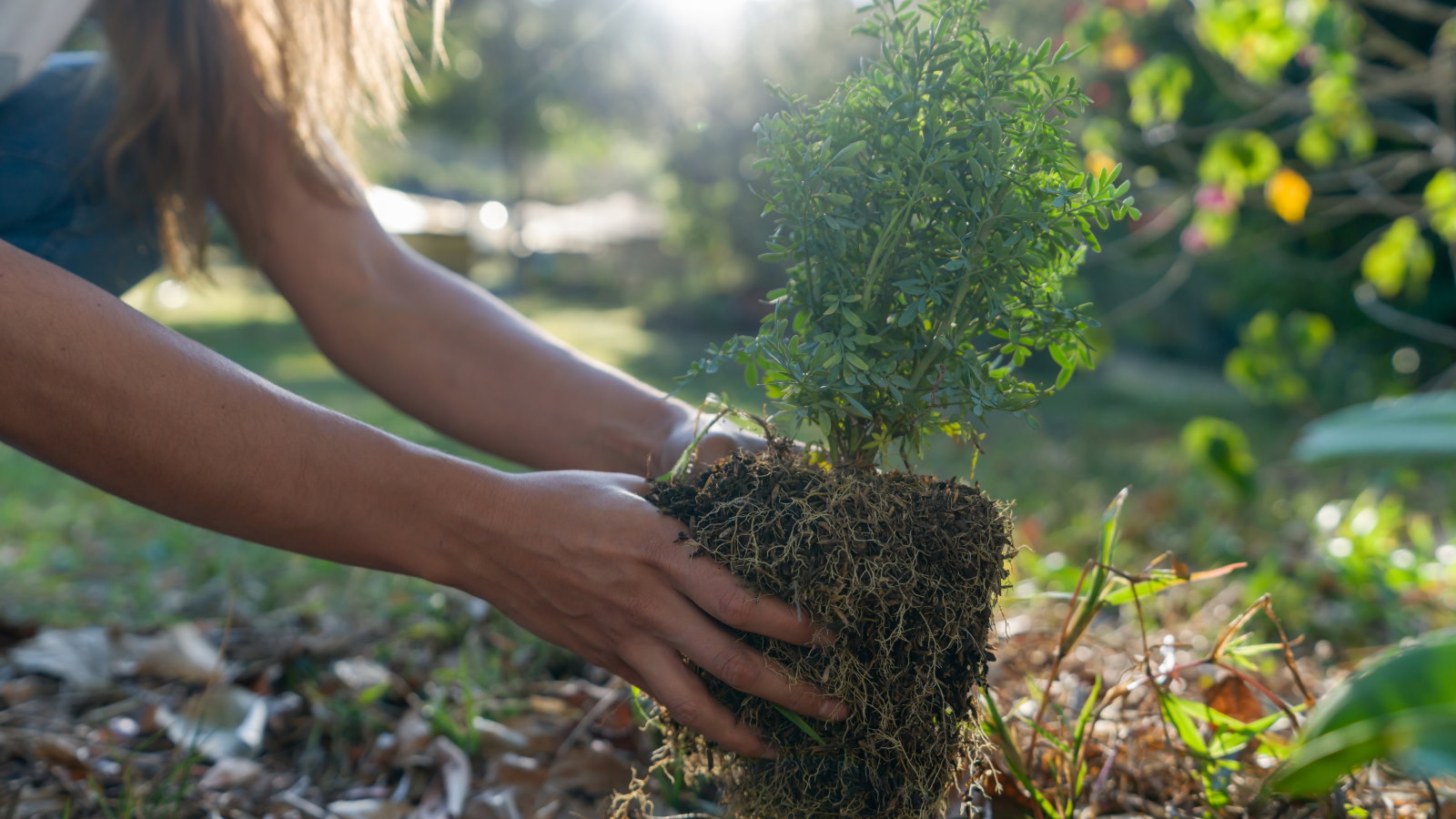 7 shrubs to plant in April to transform beds and borders – including native plants and bushes suitable for dry or wet spots
7 shrubs to plant in April to transform beds and borders – including native plants and bushes suitable for dry or wet spotsThese shrubs can bring flowers, texture, and fragrance, as well as attracting beneficial insects and birds
By Drew Swainston Published
-
 'The world will not end' – 5 cleaning habits to quit for a happier, easier life, and what to do instead
'The world will not end' – 5 cleaning habits to quit for a happier, easier life, and what to do insteadGet your home sparkling, minus the stress
By Ciéra Cree Published
